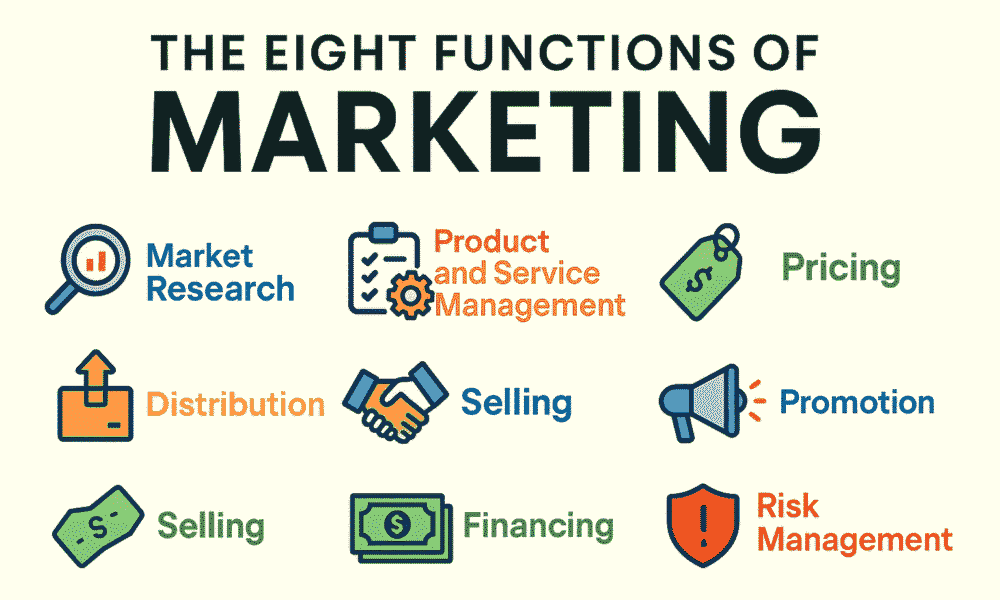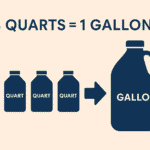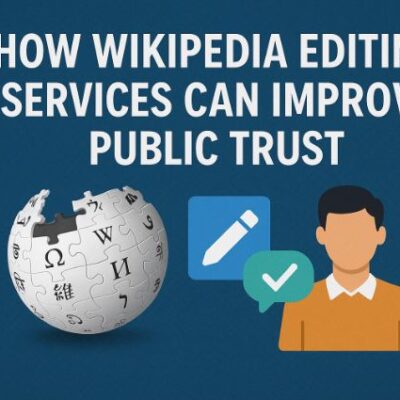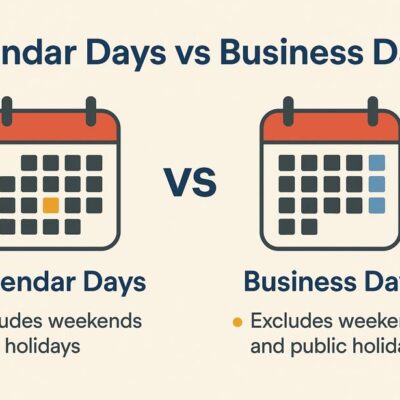Introduction: Understanding the Core Functions of Marketing in Business
Marketing is more than catchy slogans. It’s the strategic backbone of every successful business. At its core, marketing bridges the gap between a company’s services and their customers’ needs. Whether you’re launching a startup or managing a growing brand, understanding the eight functions of marketing is key to sustainable growth and meaningful customer engagement.
These functions help guide every stage of your business—from product creation to customer service. By mastering them, you’ll make more informed decisions, build stronger relationships with your audience, and ultimately, boost your bottom line.
This guide is for entrepreneurs, small business owners, students, and marketers who want to demystify the essential tasks marketing performs. Ready to dive in?
What Are the Eight Functions of Marketing? – Overview and Significance
The eight functions of marketing are like gears in a well-oiled machine. Each one plays a vital role in making sure products or services meet customer expectations while generating profits. They are:
- Market Research and Analysis
- Product and Service Management
- Pricing
- Promotion
- Selling
- Distribution
- Financing
- Risk Management
These core functions don’t operate in silos—they work together to align business goals with customer satisfaction. For instance, without market research, you wouldn’t know what your customers want. Without pricing strategies, you can’t compete effectively. Together, these functions ensure your marketing efforts are strategic, responsive, and impactful.
Think of them as your marketing toolkit—each tool has its place and purpose.
Function 1: Market Research and Analysis – Understanding Consumer Behavior
Imagine launching a new product without knowing who your customers are or what they want. Sounds risky, right? That’s where market research steps in. It helps businesses gather data about their target audience, competitors, and industry trends.
Purpose in Decision-Making
Market research empowers businesses to make evidence-based decisions. Instead of guessing, companies use insights to choose the right products, price points, promotional tactics, and distribution channels.
Tools and Methods Used
Modern businesses use a mix of qualitative and quantitative tools such as:
- Surveys and questionnaires
- Focus groups
- Customer interviews
- Social media analytics
- Google Trends
- Competitive analysis
Each method sheds light on customer preferences, buying habits, and pain points.
Real-Life Example
Take Netflix, for example. Their recommendation algorithm is backed by deep data analysis on viewer habits. By understanding what their users like, Netflix creates and promotes content that’s more likely to be watched—boosting both user engagement and retention.
Function 2: Product and Service Management – Aligning Offerings with Market Needs
Creating a product is just the beginning. Managing that product throughout its lifecycle—from development to decline—is where real strategy comes in.
Importance of Product Lifecycle Management
Every product has a lifecycle: introduction, growth, maturity, and decline. Understanding this cycle helps businesses innovate and adapt. During the maturity phase, for instance, brands may tweak their features or rebrand to stay competitive.
Role of Feedback in Product Development
Customer feedback is gold. It tells you what’s working, what’s not, and what customers truly want. Smart companies use this information to improve their products continually.
Strategies for Product Positioning
This could involve:
- Highlighting unique features
- Leveraging emotional appeal
- Creating memorable branding
Real-Life Example
Apple excels at this. With each iPhone release, they gather user feedback, analyze market trends, and refine their features. Their strong brand identity and strategic positioning keep them ahead in a saturated market.
Function 3: Pricing Strategy – Balancing Profitability and Customer Value
Pricing isn’t just about putting a tag on your product; it’s about striking the perfect balance between what customers are willing to pay and how much profit your business needs to thrive.
Key Factors Influencing Pricing Decisions
Several internal and external factors shape pricing:
- Cost of production
- Competitor pricing
- Target market’s willingness to pay
- Brand positioning
- Economic conditions
Getting the price right can make or break a product’s success.
Common Pricing Models and Their Implications
Here are some common pricing strategies:
- Cost-plus pricing: Adding a markup to the cost
- Penetration pricing: Setting a low price to gain market share
- Skimming: High initial price, then gradually lowering
- Value-based pricing: Based on customer-perceived value
Each model fits different goals. For instance, startups often use penetration pricing to quickly gain customers, while luxury brands lean into value-based pricing.
The Psychology of Pricing in Consumer Behavior
Ever wonder why prices end in .99? That’s psychological pricing. Consumers perceive $9.99 as significantly cheaper than $10. Other tactics include:
- Anchoring (showing a higher price first)
- Bundling (combining products for a deal)
- Decoy pricing (adding a third, less attractive option)
Understanding these tactics helps marketers influence buying decisions without being manipulative.
Function 4: Promotion – Creating Awareness and Generating Demand
If you build it, they won’t necessarily come—unless they already know. Promotion is all about spreading the word and generating interest.
Overview of Promotional Mix
The promotional mix includes:
- Advertising (TV, radio, digital, print)
- Public relations (press releases, media coverage)
- Sales promotions (coupons, flash sales)
- Direct marketing (email, SMS)
- Personal selling (sales reps and consultants)
Each element plays a unique role depending on your goals and target market.
Crafting Effective Marketing Messages
Your message should resonate with your audience. Focus on:
- Solving a problem
- Creating emotional appeal
- Keeping it clear and concise
Consistency across platforms builds trust and brand recall.
Omnichannel Promotion and Digital Marketing Trends
Modern promotion goes beyond billboards and brochures. Omnichannel strategies ensure your message reaches customers wherever they are—on social media, websites, apps, or email.
Trends to watch:
- Influencer partnerships
- Video content and live streams
- AI-powered email and ad personalization
- Interactive content like polls and quizzes
Function 5: Distribution (Place) – Delivering Products to the Right Audience
You could have the best product in the world, but if customers can’t find it, it won’t sell. That’s where distribution comes into play.
Importance of Distribution Channels and Logistics
It involves:
- Warehousing
- Transportation
- Inventory management
Direct vs. Indirect Distribution Strategies
- Direct distribution: Selling straight to the consumer (e.g., eCommerce stores)
- Indirect distribution: Using intermediaries persons like retailers, wholesalers, or agents
Each method has its pros and cons. Direct gives you more control, while indirect offers wider reach.
Enhancing Customer Convenience Through Smart Distribution
Today’s customers want fast, flexible delivery. Brands are responding with:
- Same-day or next-day shipping
- Click-and-collect options
- Subscription services
- Mobile app ordering
A great example is Amazon, whose logistics network is fine-tuned to offer fast and reliable delivery, giving them a competitive edge.
Function 6: Selling – Turning Interest into Action
Once you’ve attracted potential customers, the next step is to convert their interest into a purchase. Selling is about creating personalized interactions that build trust and demonstrate value.
Importance of Consultative Selling
Modern selling isn’t about pushing a product—it’s about solving the customer’s problems. Consultative selling focuses on understanding the customer’s needs and recommending the best solution.
Sales Techniques and Channels
Effective selling involves techniques like:
- Needs assessment
- Solution presentation
- Handling objections
- Closing the sale
Sales can happen through various channels:
- In-store salespeople
- Online chat support
- Phone consultations
- B2B sales teams
Real-Life Example
Tesla uses showrooms and test drives to engage potential buyers, educate them about the product, and provide hands-on experience. This builds trust and helps customers feel confident in their purchase decision.
Function 7: Financing – Powering Your Marketing Engine
Even the best marketing strategy needs a financial backbone. Financing in marketing ensures you have the resources to fund product development, promotions, and operations.
Why Financing Matters in Marketing
Whether it’s a loan, investor capital, or internal funding, financial support enables businesses to:
- Launch new products
- Expand into new markets
- Run ad campaigns
- Manage inventory and logistics
Financial Tools and Resources
Common financing options include:
- Business loans and lines of credit
- Crowdfunding platforms
- Venture capital or angel investors
- Government grants and subsidies
Budgeting for Marketing Success
A clear marketing budget helps prioritize spending and measure ROI. Smart marketers align financial planning with business goals to ensure long-term success.
Function 8: Risk Management – Navigating Uncertainty in Marketing
Every marketing decision carries some level of risk—be it financial, reputational, or operational. Effective risk management helps businesses anticipate and respond to challenges before they escalate.
Types of Risks in Marketing
- Market risk (changing customer preferences)
- Legal risk (non-compliance or copyright issues)
- Operational risk (supply chain disruptions)
- Financial risk (cost overruns or cash flow problems)
Strategies to Minimize Marketing Risks
- Conducting A/B testing before full-scale campaigns
- Using insurance for liability coverage
- Monitoring trends and consumer feedback
- Creating contingency plans
Real-Life Example
Coca-Cola frequently tests new product flavors in limited markets before a national launch. This minimizes the risk of large-scale failure and allows them to adjust based on customer reactions.
Conclusion: Putting It All Together
Understanding and applying the eight functions of marketing helps create a comprehensive, agile strategy that drives growth and customer loyalty. Whether you’re analyzing market trends, crafting compelling promotions, or optimizing distribution, each function plays a crucial role in your success.
By integrating these functions seamlessly, you’ll not only meet customer expectations but exceed them—building a brand that thrives in any market condition.
Ready to put these marketing functions to work in your business?
FAQs About the Eight Functions of Marketing
What are the core objectives of the eight functions of marketing?
The core objectives are to effectively identify customer needs, develop valuable offerings, deliver them efficiently, and build lasting customer relationships—all while maximizing business profitability and minimizing risks.
How do the eight marketing functions support business growth?
They support growth by creating a roadmap for strategic planning, customer acquisition, retention, and innovation. When aligned, these functions drive efficiency and scale.
Are all eight functions necessary for small businesses?
Yes. While small businesses may approach them with limited resources, applying even simplified versions of these functions can lead to more informed decisions and stronger customer connections.
How is market research different from product management?
Market research focuses on gathering insights about the market and customers, while product management uses those insights to develop and refine offerings. One informs the other.
Can one person manage all eight functions in a startup?
In many startups, yes. Founders often wear multiple hats, but leveraging tools, automation, and outsourcing certain tasks can help manage the workload effectively.
What tools can help streamline the marketing functions?
Tools like HubSpot, Google Analytics, Mailchimp, Canva, Hootsuite, Trello, and QuickBooks can help streamline everything from research and content to budgeting and promotion.
How do marketing functions adapt to digital transformation?
They evolve by integrating technology. For example, market research uses AI analytics, promotion involves digital ads and influencers, and sales rely on CRM systems.
Which function is the most critical in the digital age?
While all are important, market research and promotion often take the lead. Understanding your audience and reaching them effectively are key in the digital world.
How do you measure the success of each marketing function?
Success can be measured with KPIs like ROI, conversion rates, customer retention, engagement, cost per acquisition, and lead quality—depending on the function.
Are these functions static, or do they evolve with trends?
They evolve. For instance, promotion now includes influencer marketing, and product development is increasingly customer-driven. Staying agile is essential.
What are the 8 points of marketing?
They refer to the eight key functions: Market Research, Product Management, Pricing, Promotion, Selling, Distribution, Financing, and Risk Management.
What are the 8 steps of marketing?
These can vary, but often mirror the functions: identifying needs, researching the market, developing a product, pricing, promoting, selling, distributing, and evaluating performance.
What are the functions of market class 8?
In academic terms, this refers to simplified marketing concepts taught at the 8th-grade level, often aligned with the eight core functions in real-world business.
What are the functions of marketing?
They are the essential activities businesses perform to connect with customers, create value, promote offerings, and build long-term success through the eight functions described in this guide.
Read more helpfull Guide at High groth










